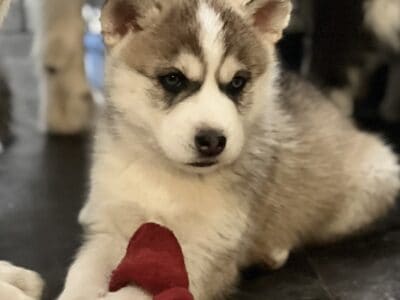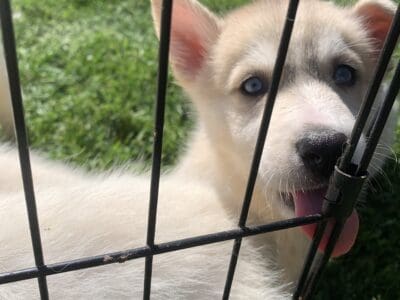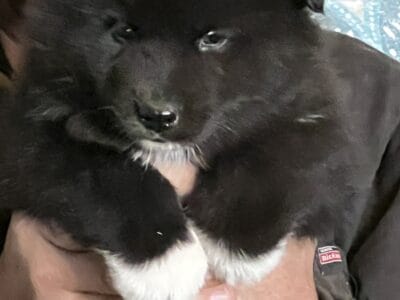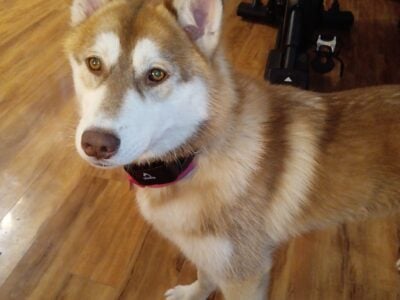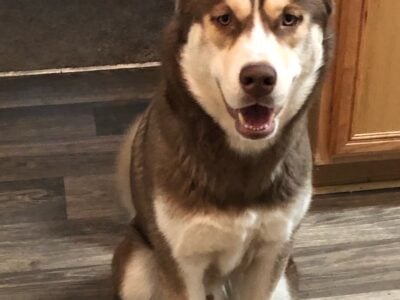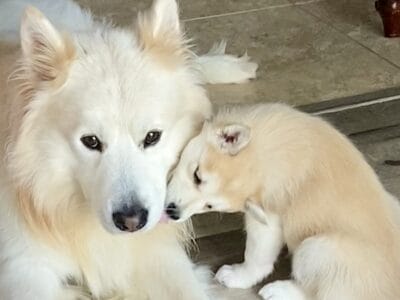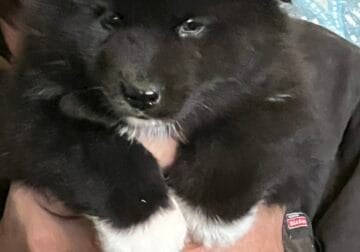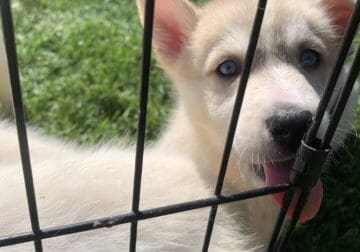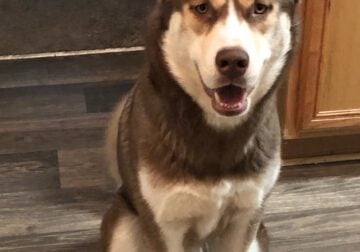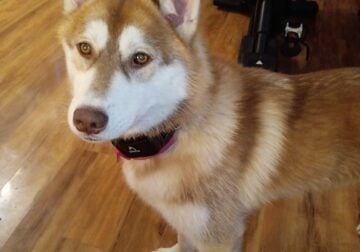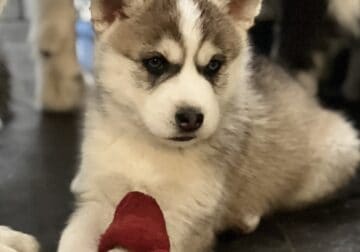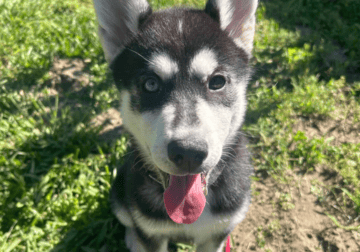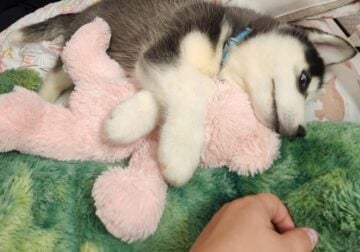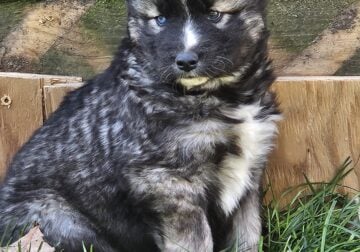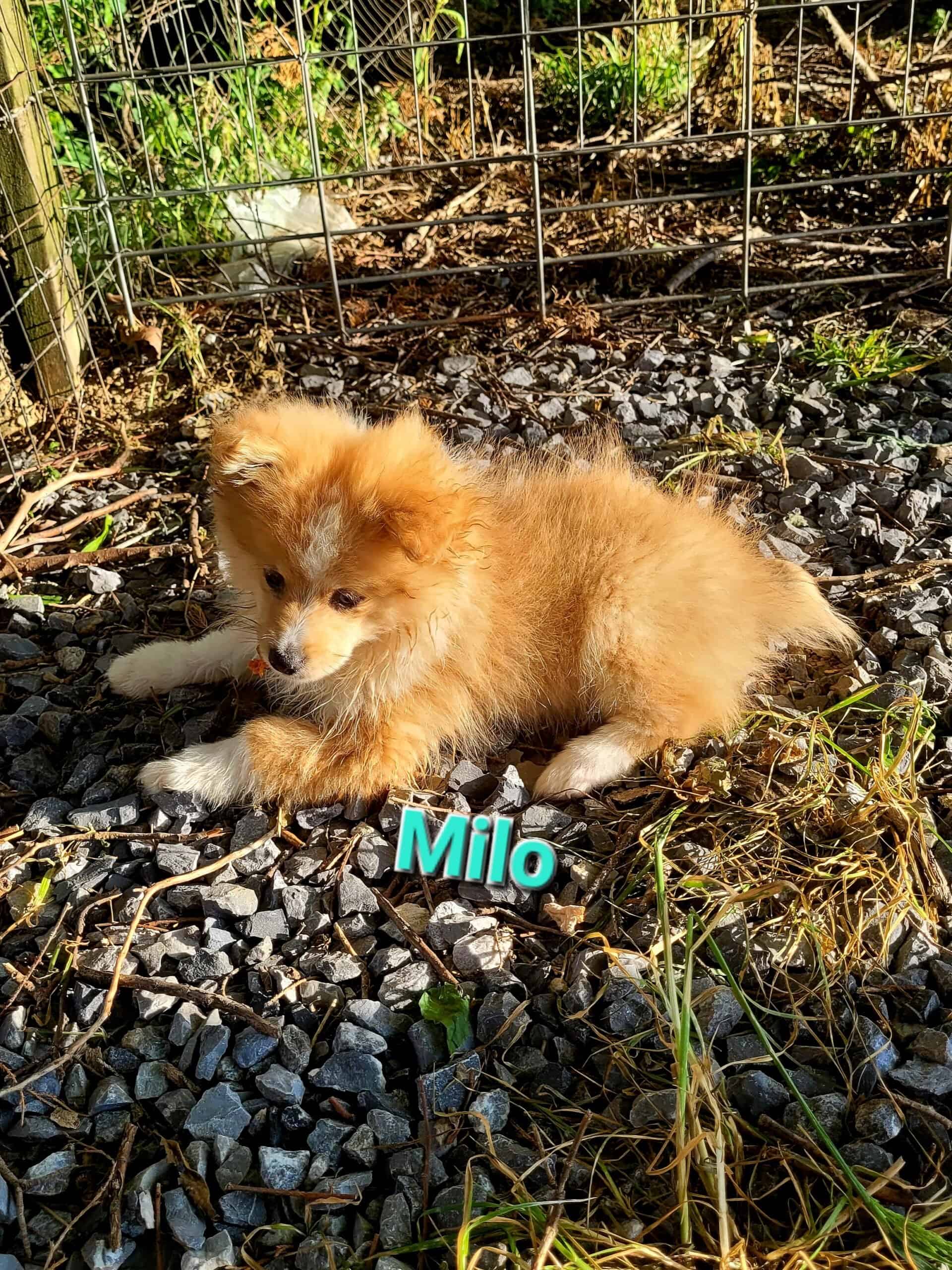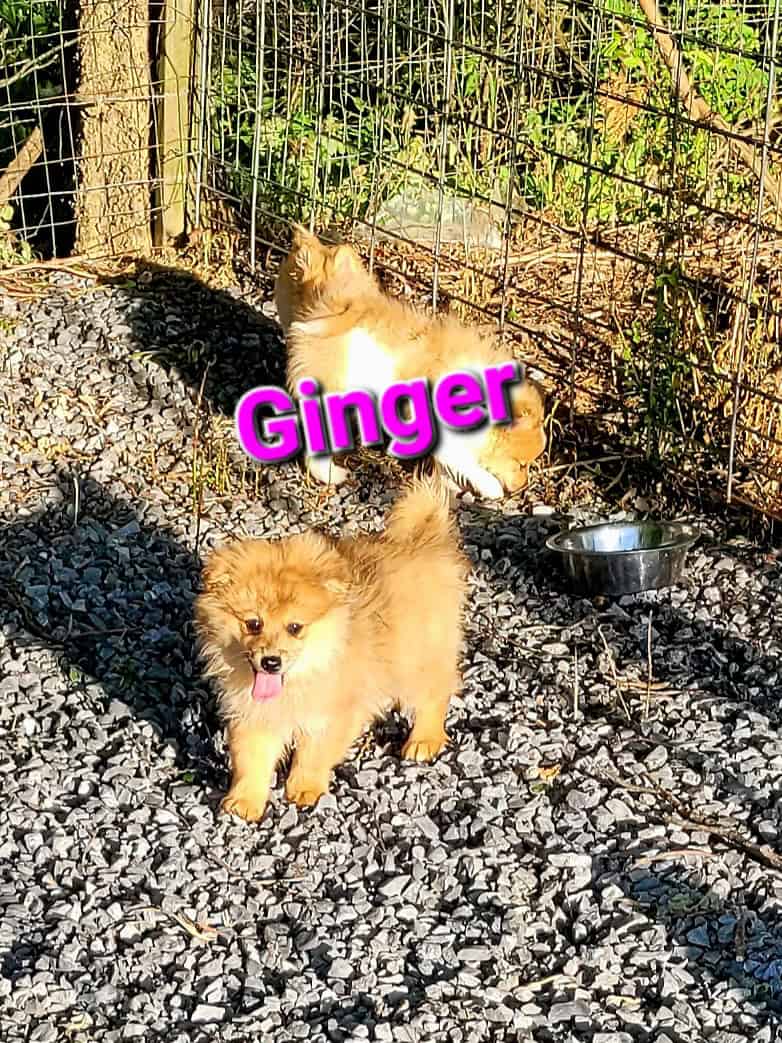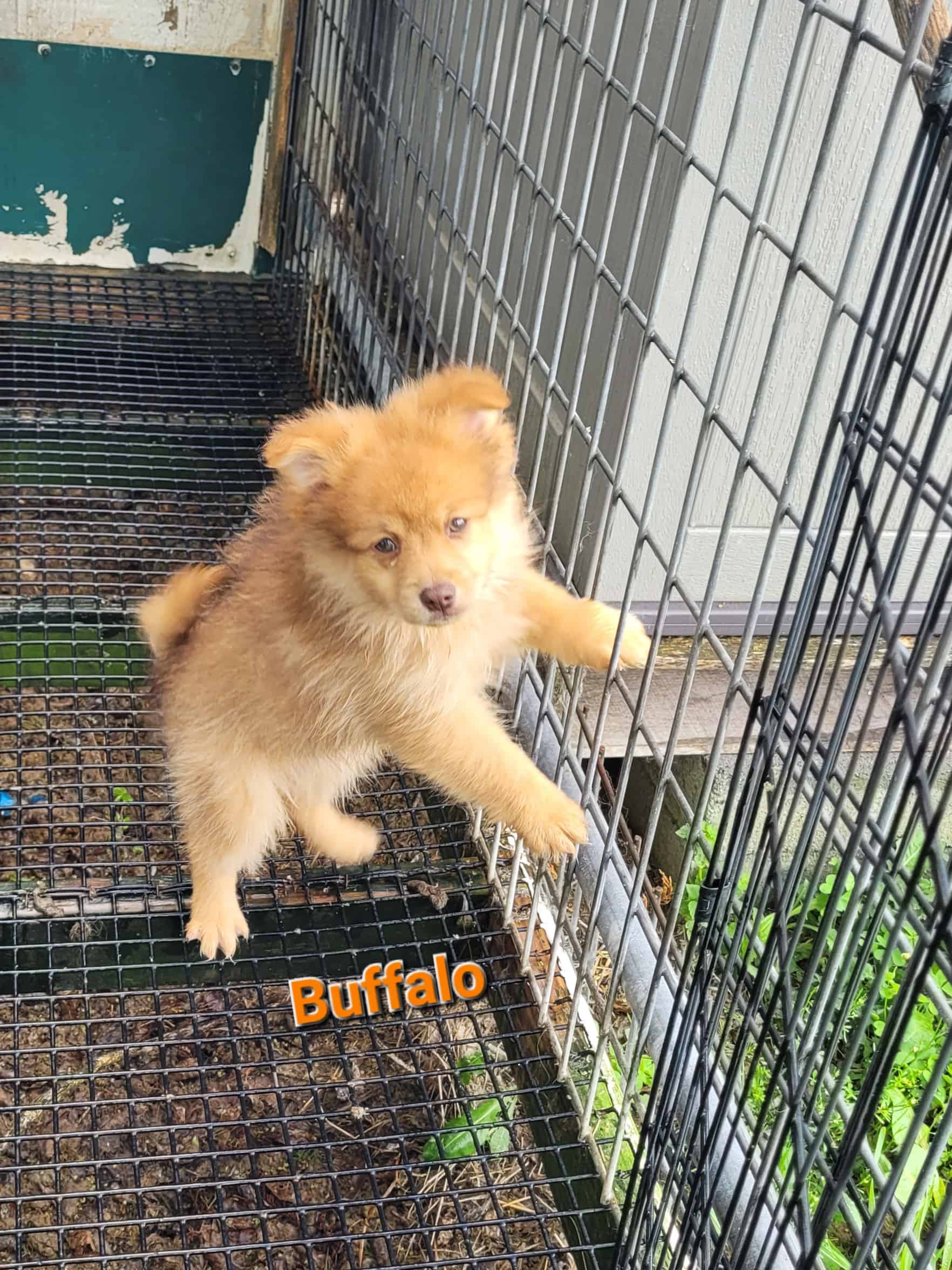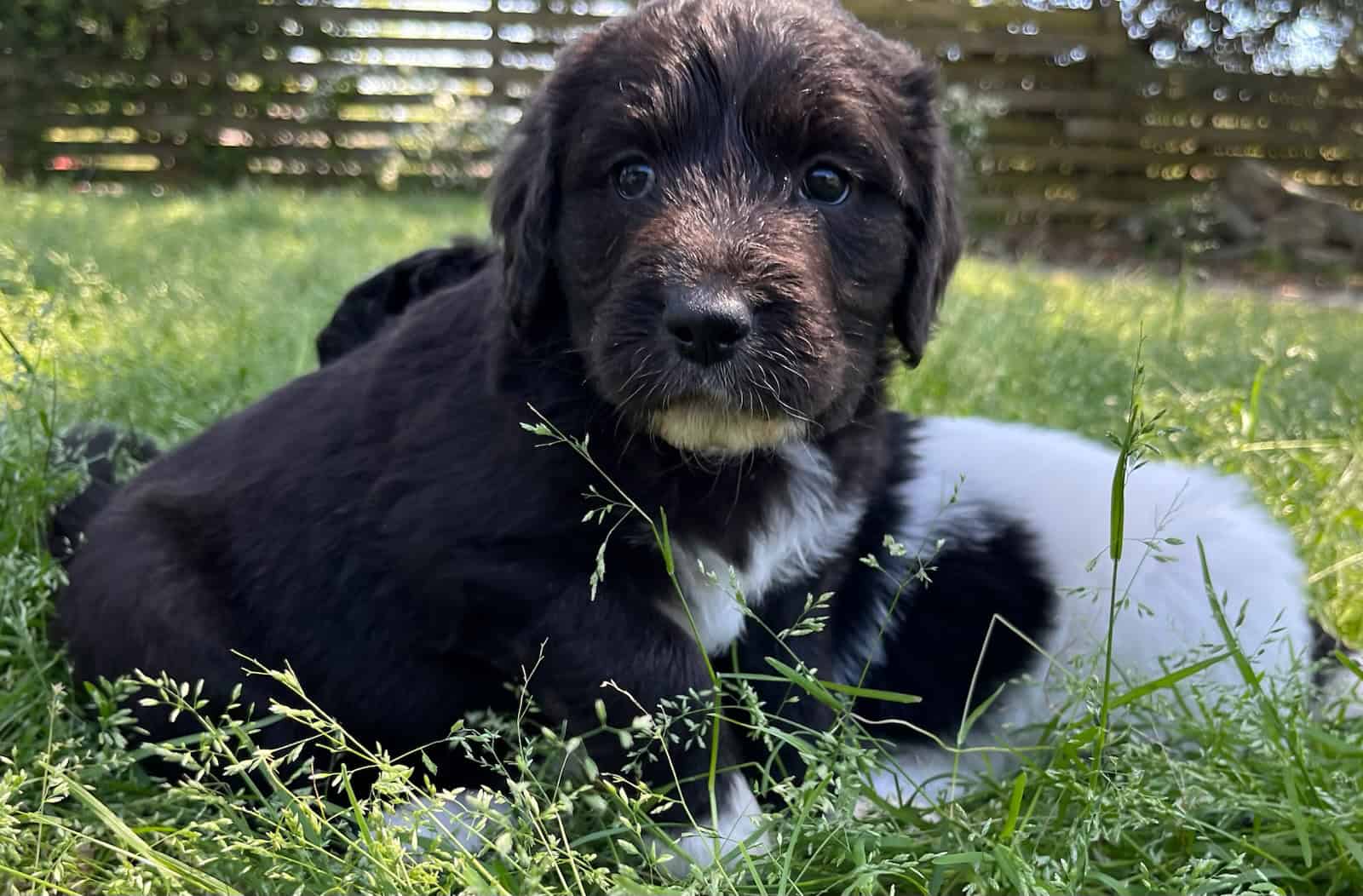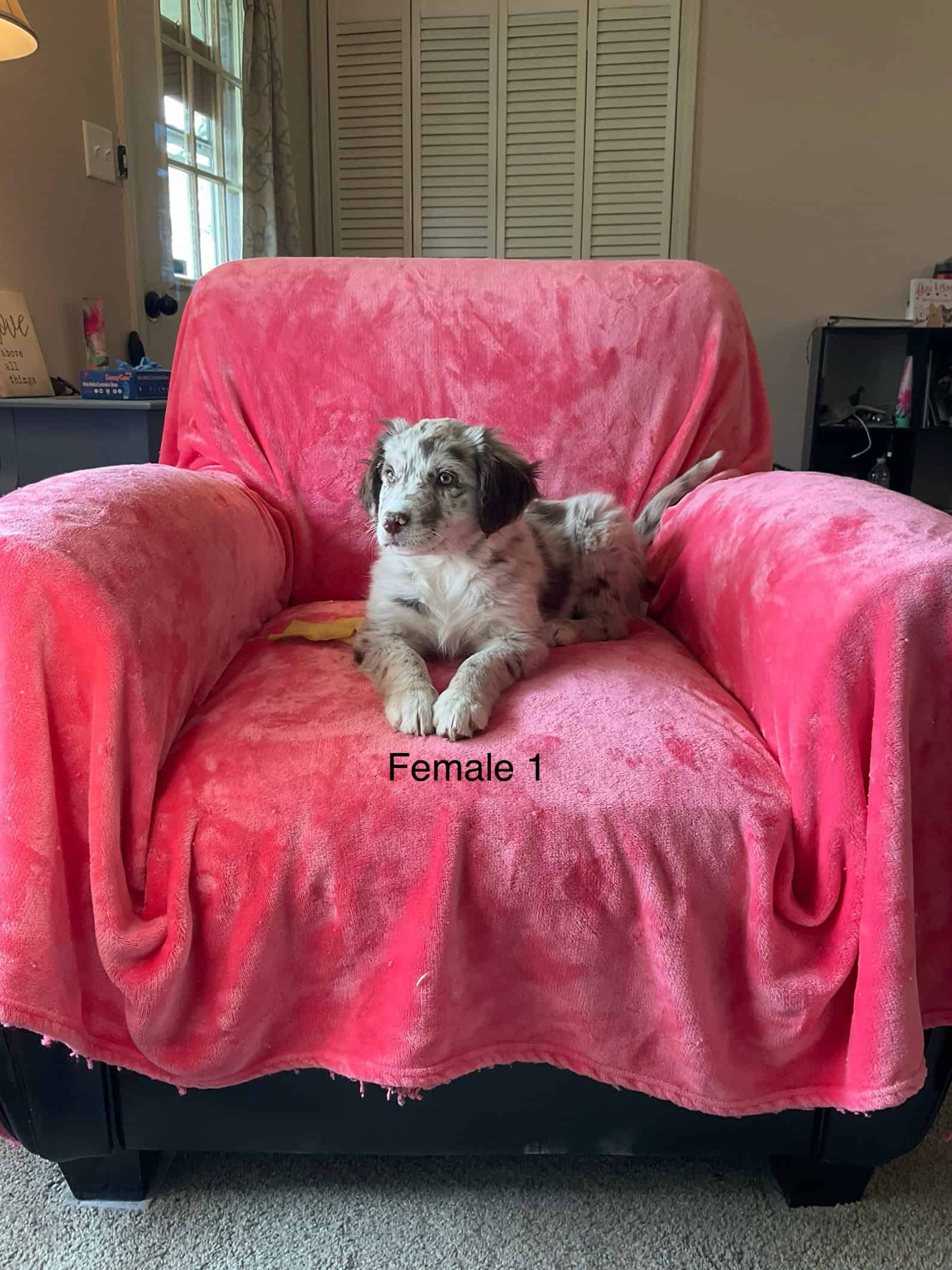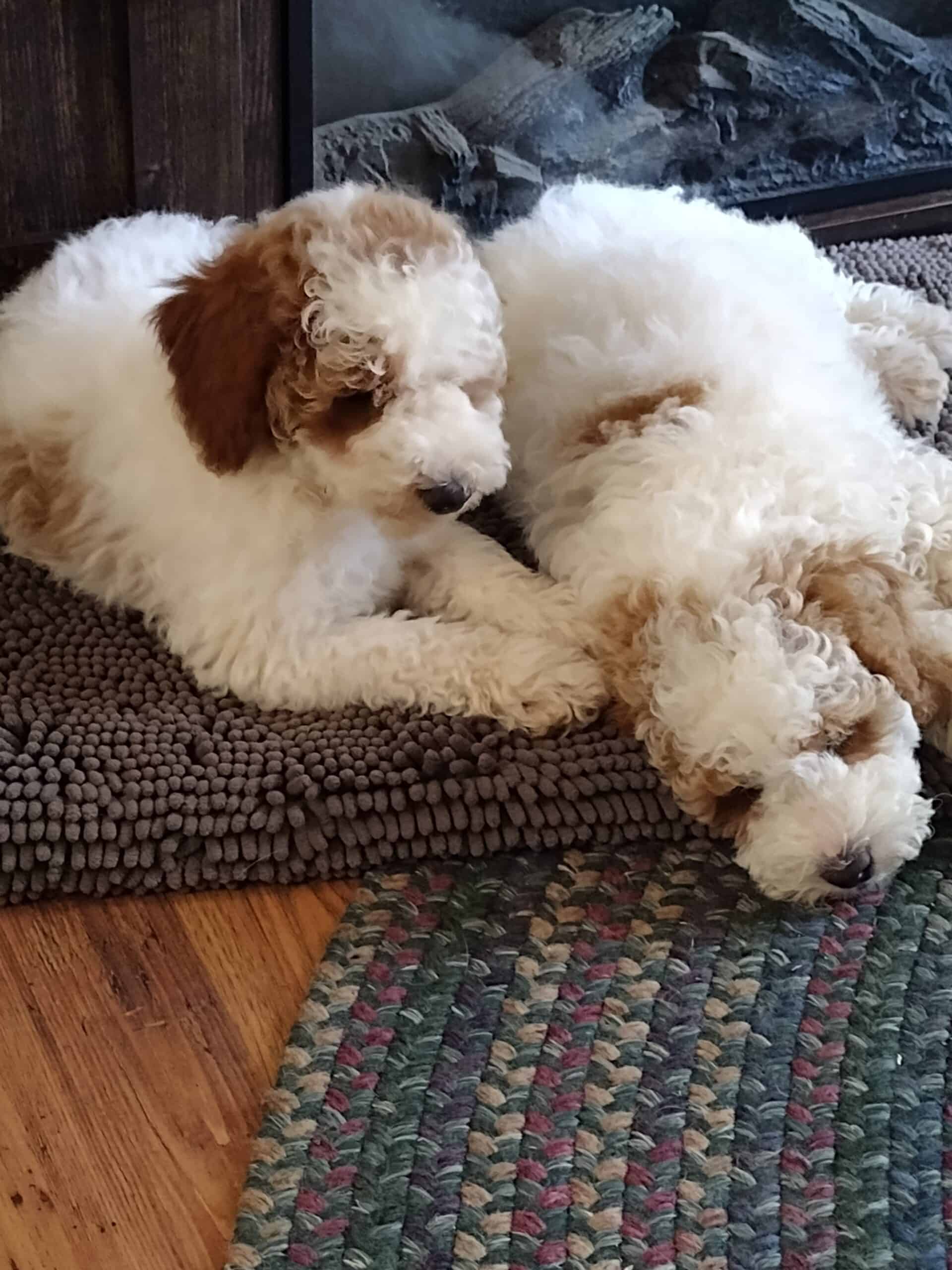Popular Filters:
Siberian Husky puppies for sale under $300
Siberian Husky puppies for sale under $500
Siberian Husky puppies for sale under $700
Siberian Husky puppies for sale $100
Siberian Husky puppies for sale $300
Siberian Husky puppies for sale $500
Siberian Husky puppies for sale $1000
Siberian Husky for Sale: Wonderful Companion for the Dutiful Owner
Making a good home for a Siberian Husky is not easy. Huskies possess endless stamina, are independent free spirits, and shed copiously at least twice a year. Nevertheless, they remain popular pets because a Siberian Husky for sale is social, playful, and irresistibly beautiful.
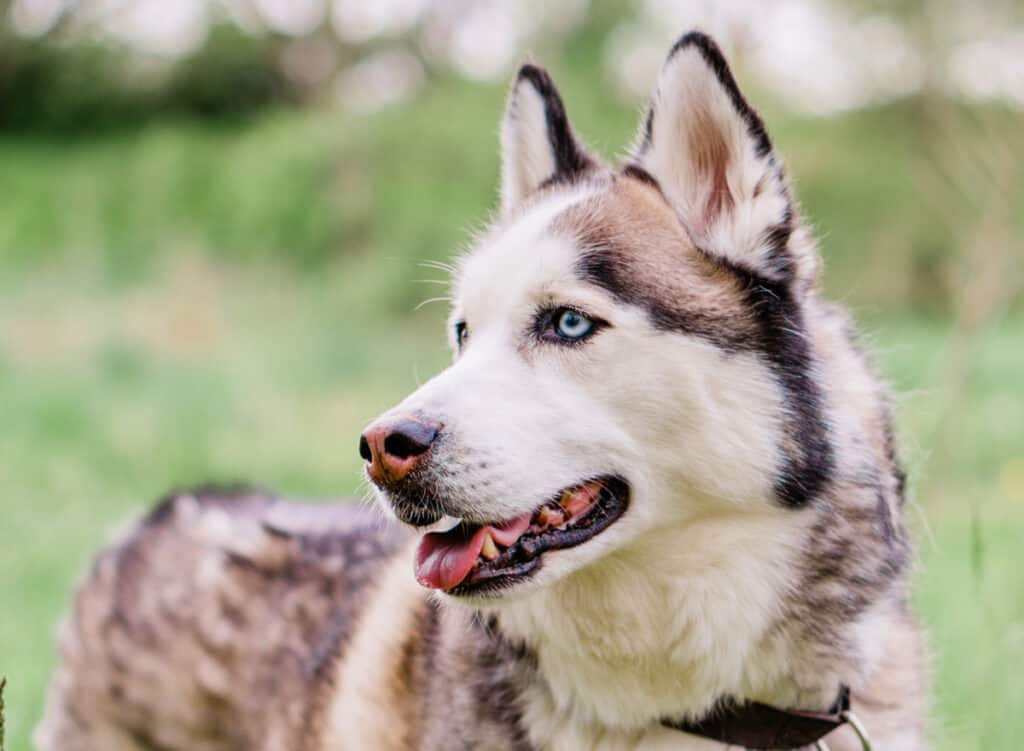
Siberian Husky for Sale Overview
Brief History
As the name suggests, the Siberian Husky originated in eastern Siberia. One of the primitive dog breeds, the Siberian Husky was developed by the Chukchi tribe from a 4000-year-old lineage. Chukchis modified their huskies to herd, hunt, subsist on thin fare, sled, and serve as nighttime family companions and guards. Most importantly, Siberian Huskies hauled sleds of hunting supplies to the sea that natives relied on for food. They would then haul walrus and whale meat back home which entailed covering long distances. Huskies were also vital for reindeer herders who used dogs to sled supplies from one nomadic site to the next. Siberian Huskies were imported into Alaska in substantial numbers beginning in 1909 after a team finished third in the breed’s first sled race. The Siberian Husky became the preferred standard for sled racing as it was faster and had more stamina than the larger Malamutes. Proving a versatile working dog, the Siberian Husky helped deliver crucial diphtheria vaccination supplies in 1925 and proved priceless in search and rescue efforts during World War II. The AKC recognized the breed in 1930.
Appearance
A Siberian Husky for sale shows all the classic characteristics of the Spitz family.
- Wedge-shaped head
- Upright, triangular, relatively small to medium ears
- Tail curled over the back
- Compact, cat-shaped paws
- Dense dual fur coat
In addition, Siberian Huskies have certain unique characteristics that make them readily recognizable. They are medium-sized dogs, setting them apart from the similar Alaskan Malamute. A Siberian Husky stands 20 to 23.5 inches high at the shoulders and weighs 35 to 60 pounds. Their eyes are not only almond-shaped but also set at a slight slant. The stop is well-defined, and the bridge of the nose is noticeable because it is so straight and often emphasized by dramatic markings. A Husky’s muzzle is the same length as its back skull and is medium in substance. It should not look square, but nor should it be excessively tapered. The Siberian Husky’s head carriage at rest is high and proud thanks to a well-arched neck that is of medium length. Huskies have deep chests and level toplines. They are slightly longer than they are tall, neither long in the loins nor short-coupled. The croup is more angled than in other breeds, suitable for a dog that has both speed and trotting efficiency. The forelegs and hind limbs are well-muscled and of medium bone. Unlike other dogs, a Husky’s forearms are not perpendicular to the ground. The shoulders are laid back and the hips are moderate in width. The hocks are short, and the pasterns are strong but flexible. A Husky’s tail has a low set but usually curls over the back in a sickle. It hangs in a relaxed state (trailing tail) when the dog is relaxed. Siberian Husky puppies for sale display a curled tail by the time they are four to six months old.
Coat
A Siberian Husky’s coat is medium in length and lies flat. Dogs can completely lose their undercoats during the spring shed. Huskies have fox-brush tails with show judges penalizing full plumes. They also tend to have substantial fur between their toes.
Colors
Siberian Huskies come in only six color varieties.
- Black – solid, with generous white markings, or black & tan
- Agouti – banded hairs that go from dark at the roots to lighter at the tips; the color agouti is like that of a deer, wolf, or coyote
- White
- Red – solid red, red & white, or white with red
- Sable – red, orange, or chocolate undercoat
- Gray (grey) – beige undercoat; gray, wolf grey, or silver
It is the range of color patterns that makes this breed so unique and striking.
- Solid – few or no white markings
- Flashy white markings
- Piebald – white with patches of color; 33% or more white; white markings on the rear as well as the front of the body and marches up the sides
- Irish white spotting – opposite of piebald; white is in a distinctive pattern like that seen in Boston Terriers (belly, paws, and lower legs, a blaze, and a collar around the neck)
- A Husky’s colors can be distributed in a symmetrical or asymmetrical pattern, including facial patterns
- Banded – agouti, gray, and sable dogs have banded hairs
- Brown points – black and tan Husky; the pattern is not always the same as in other tan-pointed breeds but usually includes points at least above the eyes and brown on the cheeks
- Splash coloring – white breaks up the color irregularly; these dogs will not have anything resembling a white neck collar
A red Siberian Husky can be light red or copper. It looks like a sable dog, but its hairs are monochromatic (one color) as opposed to banded. Silver Siberians exhibit a chinchilla effect which is frequently seen in cats. There is full suppression of reds and yellows in a silver dog.
White Siberian Husky
A white Siberian Husky is the result of the oxidation of colors or white spotting rather than albinism. Albino dogs are exceedingly rare, and the trait has not been proven to exist in Siberian Huskies. Sometimes referred to as Isabella white Siberian Huskies, dogs with pigment oxidation can have blue or brown eyes and generally have black noses and dark eye rims. These traits are also observed in dogs in which white markings extend throughout the entire coat.
Eye colors
Siberian Huskies usually have brown or blue eyes. They can exhibit heterochromia whereby one eye is both blue and brown or one eye is brown and the other is blue. Brown eyes can exhibit a range of shades.
- Amber
- Light golden brown
- Warm chocolate brown
- Dark brown
Similarly, blue eyes can be pale crystalline pools or deep and intense like sapphires. The blue eye color is dominant in Siberian Huskies. Therefore, you will see blue eyes with any coat color, including solid black.
Personality
Siberian Husky acquisitions are common, but so too are their surrenders to shelters and rescues. The breed remains poorly researched and understood by prospective pet owners. Siberian Huskies are intense working dogs and have energy levels and personalities to match. They are highly active, requiring a lot of room and exercise. They also have high prey drives which make them scary for neighborhood cats and small roaming dogs. Siberian Huskies tend to get along with medium-sized and larger dogs but can be territorial with unfamiliar canids. Some learn to live with cats in the household, especially if they are raised with these smaller animals. Siberians are loyal, affectionate, and demanding. They garner attention with vocalizations that range from yipping to yodeling to howling. Siberian Huskies do not do well for extended periods on their own as they are destructive when bored. Not only will they dig, scratch, and chew, but they will also whimper and howl incessantly and will attempt to escape. The Husky is not typically an aggressive breed, but a lack of purpose, inconsistent training and exercise, and insufficient socialization can lead to severe behavioral issues including attacking children and small animals. Huskies like young people and have a solid history with them. They are often too intense and rough for kids under eight years old.
Siberian Husky Puppies for Sale Near Me
The two most important considerations for Siberian Husky ownership are your time commitment and the breeder’s reputation. Ethical sellers will screen their breeding dogs for genetic problems like hip dysplasia and visual challenges. A few may even attempt to match a puppy’s personality to your lifestyle. Whenever the opportunity arises, visit local puppies so you can meet the breeder and the dogs. Hopefully, one or both parents will be on-site for you to view. Check the facility for cleanliness. See what kind of feeding schedule and dog food the puppies are on. Finally, avoid the entire litter if even one puppy looks sick, has diarrhea, or is coughing.
Siberian Husky Lifespan
The Siberian Husky is a hardy breed. It lives an average of 12 to 14 years.
Miniature Siberian Husky
Bree Normandin receives credit for creating the mini Siberian Husky through selective breeding in the 1990s. Miniature Siberians are 13 to 17 inches tall and only weigh 20 to 35 pounds. They otherwise have all the physical and personality traits of standard Siberian Huskies. Miniature Siberian Huskies do not yet have additional problems outside of normal challenges experienced by the breed. This may change if they become any smaller.
Care of Siberian Husky Puppies for Sale
Husky puppies and adults, as alluded to earlier, are high-maintenance pets.
- Brushing – two or three times weekly, multiple times daily during heavy shedding periods
- Bathing – every two or three months
- Brush teeth – every two or three days
- Clip nails – every four to eight weeks
- Check ears – every few days
- Wipe around the eyes – daily
- Dog food – raw frozen, dehydrated raw, homemade, kibble, moist, canned; meat-based, moderate fats; avoid cheap starchy carbs; berries, squash, and greens optional
- Feeding – puppies four to six times daily, adults at least twice daily; 25 to 35 calories per pound per day; puppies and working dogs need twice to triple the calories of a moderately active adult
- Exercise – two or more hours daily broken up into two or more sessions; mental enrichment through games and training is vital
- Training – must be consistent yet varied to prevent boredom; Siberian Huskies are intelligent but present training challenges through their independence and stubbornness
